Home>Garden Essentials>Garden Plants>How Many Teaspoons Are In A Sprig Of Thyme
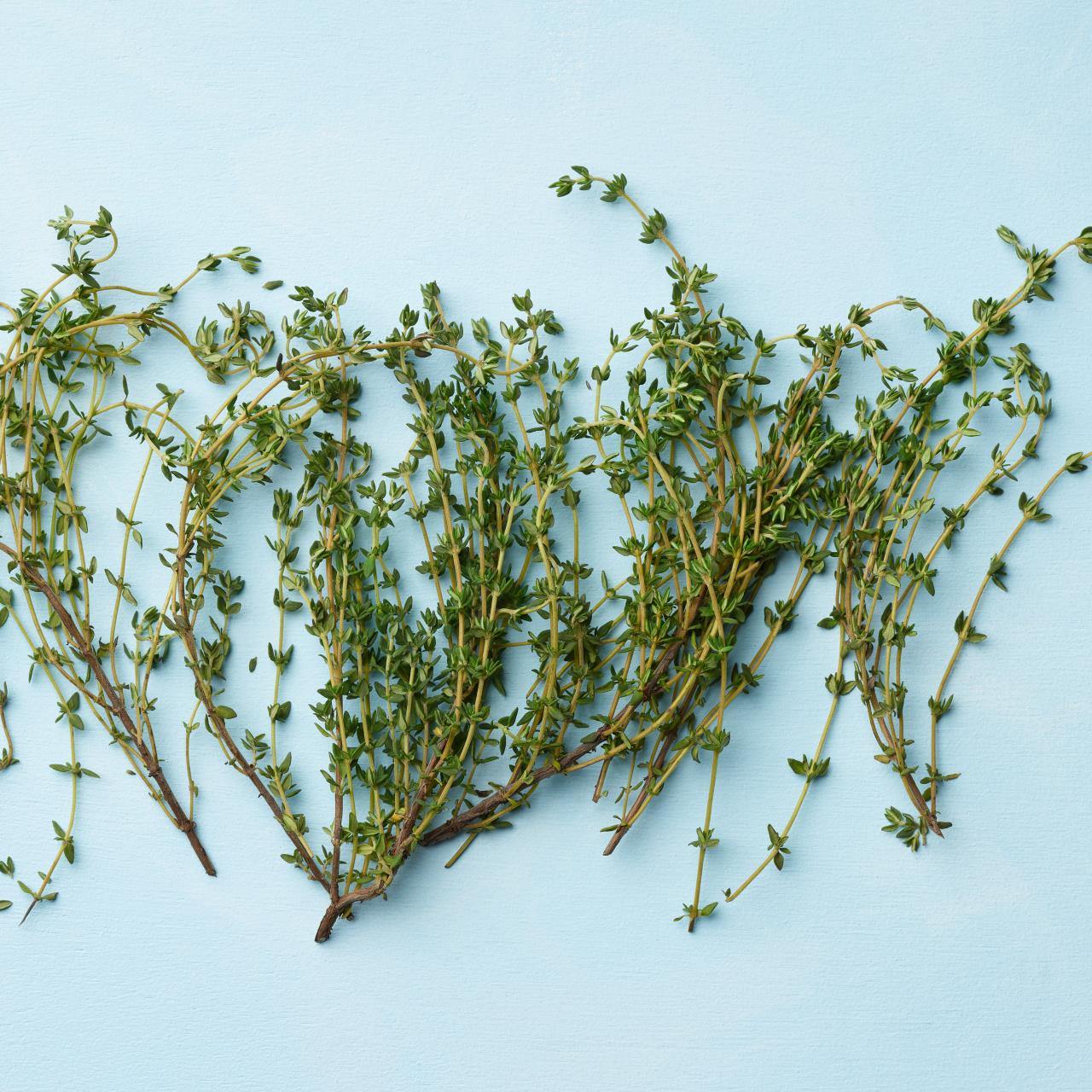

Garden Plants
How Many Teaspoons Are In A Sprig Of Thyme
Modified: February 17, 2024
Discover the answer to how many teaspoons are in a sprig of thyme, as well as other intriguing information about plants. Explore now!
(Many of the links in this article redirect to a specific reviewed product. Your purchase of these products through affiliate links helps to generate commission for Storables.com, at no extra cost. Learn more)
Introduction
Welcome to our comprehensive guide on the measurement of a sprig of thyme in teaspoons. If you’re an aspiring chef, a seasoned home cook, or simply someone who loves experimenting with flavors in the kitchen, understanding the measurement of ingredients is crucial for achieving the perfect balance in your dishes.
Thyme is a versatile and aromatic herb that is widely used in both culinary and medicinal applications. It adds a unique and delightful flavor to various dishes, including stews, soups, roasted meats, and herb-infused oils. While you may come across recipes that call for a specific amount of thyme, some might refer to it in terms of “sprigs.” But how do you convert a sprig of thyme to teaspoons?
In this article, we will explore the definition of a sprig of thyme, the conversion factors for teaspoons, the factors that can affect the number of teaspoons in a sprig, and provide you with a clear understanding of how to measure thyme accurately in your culinary adventures.
So, let’s dive in and unravel the mystery of how many teaspoons are in a sprig of thyme!
Key Takeaways:
- Approximate 1 teaspoon of thyme leaves can be obtained from 3 to 4 sprigs, but factors like leaf size and plant maturity can influence the actual measurement. Adjust to taste for the perfect flavor balance in your dishes.
- Cooking is an art of creativity and experimentation. Use the estimation of teaspoons per sprig as a starting point, but feel free to tailor the measurements according to your taste and the specific recipe you’re working on.
Read more: What Are Sprigs Of Thyme
Definition of a Sprig of Thyme
A sprig of thyme refers to a small branch or stem that contains multiple leaves of the thyme herb. Thyme is a perennial herb that belongs to the mint family and is native to the Mediterranean region. It is characterized by its small, fragrant leaves and woody stems, which are often used for cooking and garnishing.
The length of a sprig of thyme can vary depending on the plant and its growth stage. On average, a sprig of thyme measures around 3 to 4 inches (7.5 to 10 centimeters) in length. Each sprig typically consists of several small leaves attached to a central stem.
Thyme is known for its strong flavor and aroma, which intensifies when the leaves are dried or cooked. It has a slightly minty, lemony, and earthy taste, making it a popular choice in various cuisines around the world.
When a recipe calls for a sprig of thyme, it usually means that you need to use the whole stem, including both the leaves and the stem itself. While some recipes may specify whether to use the leaves only or include the stem, it is generally safe to assume that the entire sprig can be used for culinary purposes.
Now that we have a clear understanding of what a sprig of thyme entails, let’s explore the conversion factors for measuring thyme in teaspoons.
Conversion Factors to Teaspoons
Measuring ingredients accurately is crucial for maintaining consistency in your recipes. When it comes to converting a sprig of thyme to teaspoons, there are a few factors to consider:
- Leaf Size: The size of the thyme leaves can vary from plant to plant. Larger leaves will yield more volume, while smaller leaves will result in less volume. It is important to keep the leaf size in mind when converting sprigs to teaspoons.
- Packing Density: The way you pack the thyme leaves can also affect the volume and, subsequently, the number of teaspoons obtained from a sprig. If the leaves are loosely packed, you may end up with fewer teaspoons compared to tightly packed leaves.
- Teaspoon Size: The standard teaspoon size used in culinary measurements is 5 milliliters (ml). However, different countries may have their own variations of teaspoon sizes. It is important to ensure that you are using the correct teaspoon size for accurate measurements.
Given the variability in leaf size and packing density, there isn’t a precise conversion factor for sprigs of thyme to teaspoons. However, as a general guideline, you can assume that approximately 1 teaspoon of thyme leaves is obtained from 3 to 4 sprigs of thyme.
It’s important to note that this is an estimation and can vary based on the factors mentioned above. The best way to ensure accuracy is to measure the thyme leaves precisely using a kitchen scale or finely chop the leaves and measure them in teaspoons.
By keeping these factors in mind and using them as a starting point, you can get a reasonable approximation of the number of teaspoons needed based on the number of sprigs of thyme indicated in a recipe.
Now that we understand the conversion factors, let’s explore some factors that can affect the number of teaspoons in a sprig of thyme.
A sprig of thyme typically contains about 6-9 teaspoons of leaves. To use in a recipe, strip the leaves off the stem and use as needed.
Factors Affecting the Number of Teaspoons in a Sprig
While the general estimation is that approximately 1 teaspoon of thyme leaves can be obtained from 3 to 4 sprigs, there are several factors that can influence the actual number of teaspoons obtained from a sprig of thyme:
- Thyme Variety: There are various varieties of thyme, with slight differences in leaf size and density. Some varieties may have larger leaves and thus yield more teaspoons per sprig, while others may have smaller leaves and result in fewer teaspoons.
- Growth Conditions: The conditions in which thyme is grown, including the soil quality, sunlight exposure, and water availability, can impact the leaf size and density. Thyme plants grown under optimal conditions may produce larger leaves, resulting in a higher yield per sprig.
- Harvesting Methods: The way thyme is harvested can also influence the number of teaspoons obtained from a sprig. Harvesting the leaves individually from the stem may result in a higher yield compared to using the entire stem, including the leaves and the woody portion.
- Maturity of the Plant: The maturity of the thyme plant can affect the leaf size and flavor intensity. Younger plants tend to have smaller leaves, while more mature plants may have larger leaves and a stronger flavor. Therefore, using a sprig from a more mature plant may yield more teaspoons.
- Measuring Techniques: The way you measure the thyme leaves can also impact the number of teaspoons obtained. If you loosely pack the leaves into the teaspoon, you may end up with fewer teaspoons compared to tightly packed leaves. It is important to use a consistent measuring technique for accurate results.
Considering these factors, it is clear that the number of teaspoons obtained from a sprig of thyme can vary. To ensure accuracy in your recipes, it is recommended to taste and adjust the amount of thyme based on personal preference and the desired flavor profile.
Now that we’ve explored the factors that can affect the number of teaspoons in a sprig of thyme, let’s conclude our guide.
Conclusion
In conclusion, measuring a sprig of thyme in teaspoons can be a bit challenging due to the variability in leaf size, packing density, and other factors. While there isn’t an exact conversion factor, a general estimation is that approximately 1 teaspoon of thyme leaves can be obtained from 3 to 4 sprigs.
It’s important to keep in mind that factors such as thyme variety, growth conditions, harvesting methods, plant maturity, and measuring techniques can influence the actual number of teaspoons obtained from a sprig of thyme. These factors can result in variations in leaf size, density, and flavor intensity.
To ensure accuracy in your recipes, it is recommended to taste and adjust the amount of thyme based on personal preference and the desired flavor profile. Err on the side of caution and start with a smaller amount, gradually adding more if needed to avoid overpowering the dish.
Remember, cooking is an art form, and it’s all about creativity and experimentation. Use the estimation of teaspoons per sprig as a starting point, and feel free to tailor the measurements according to your taste and the specific recipe you’re working on.
We hope this comprehensive guide has provided you with a clearer understanding of converting a sprig of thyme to teaspoons. Now you can confidently add this delightful herb to your culinary creations with precision and finesse.
Happy cooking!
Frequently Asked Questions about How Many Teaspoons Are In A Sprig Of Thyme
Was this page helpful?
At Storables.com, we guarantee accurate and reliable information. Our content, validated by Expert Board Contributors, is crafted following stringent Editorial Policies. We're committed to providing you with well-researched, expert-backed insights for all your informational needs.
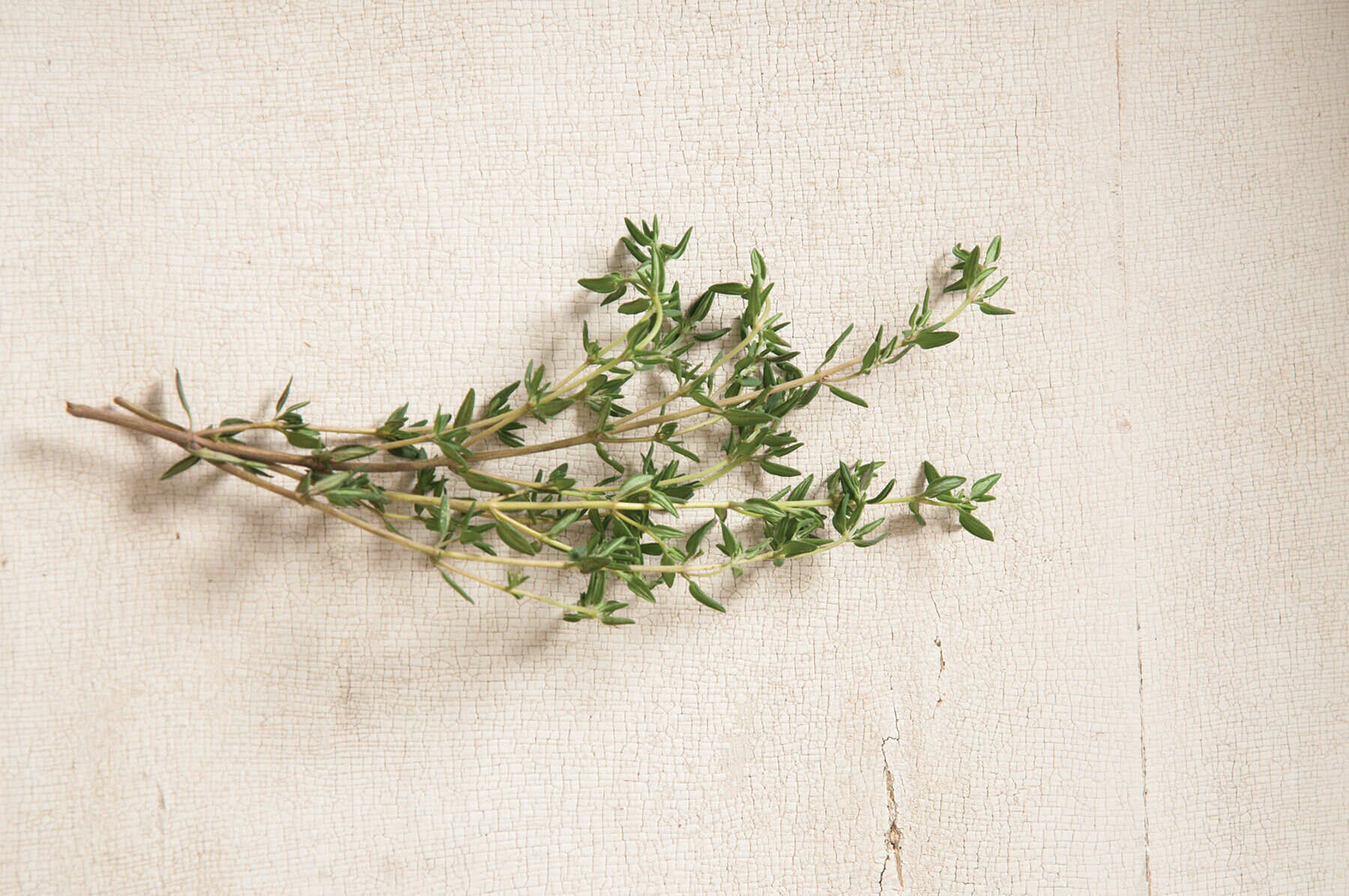
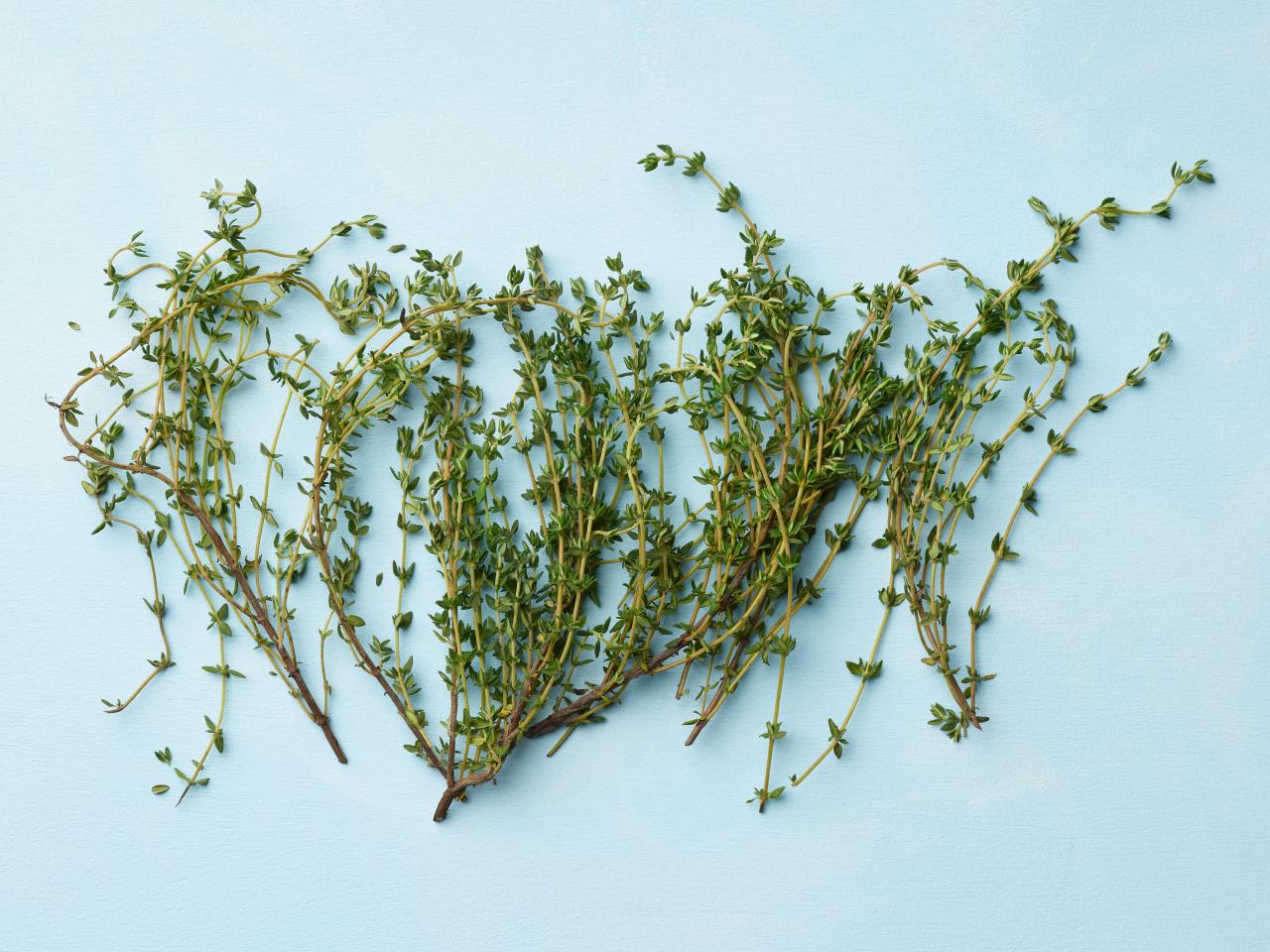
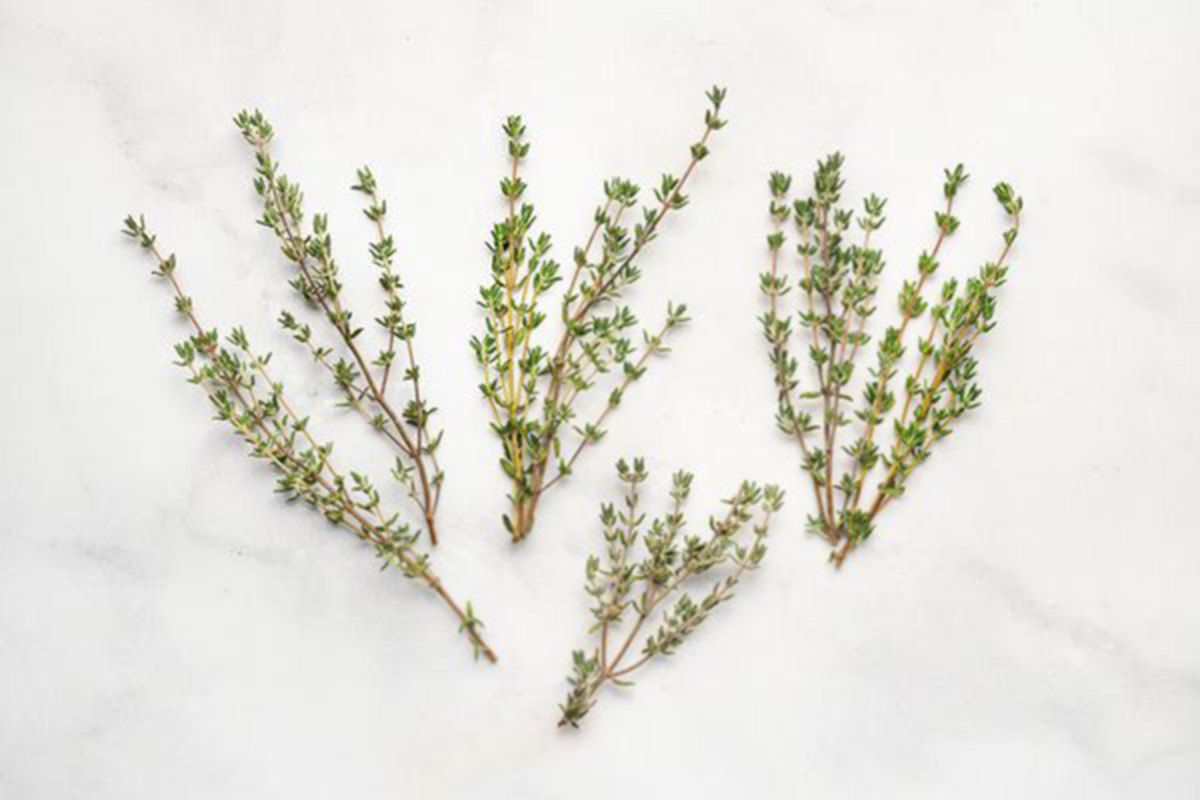

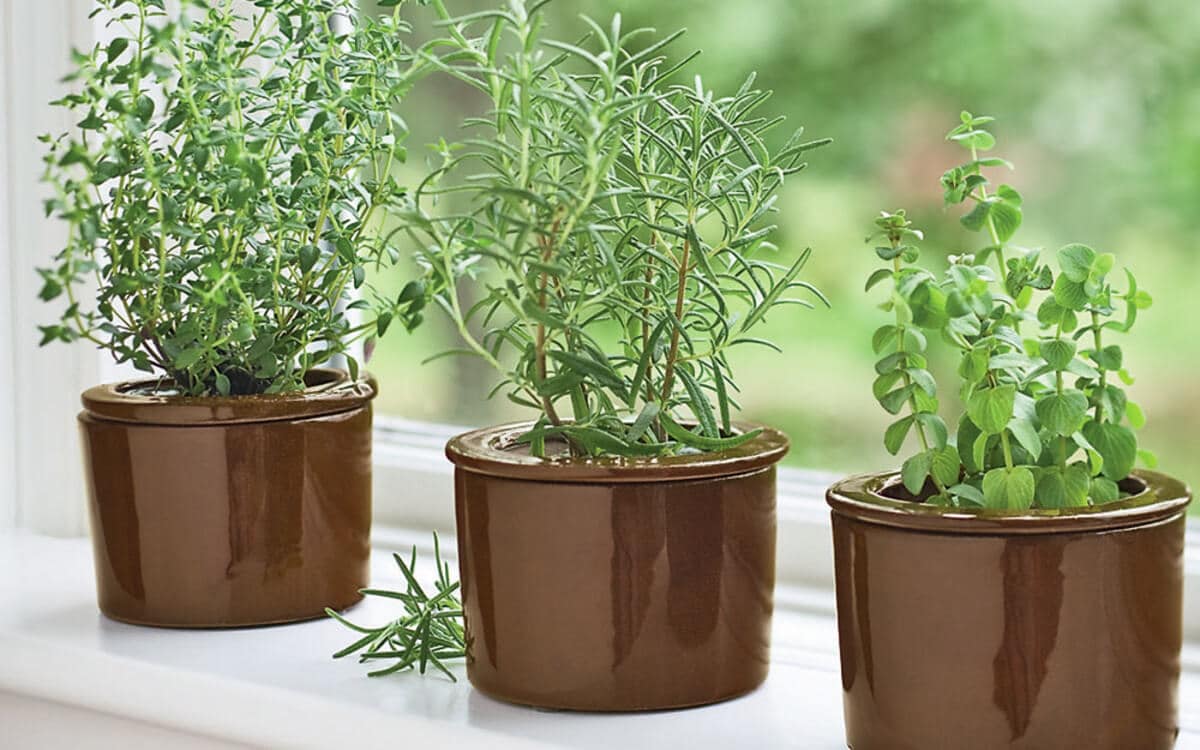
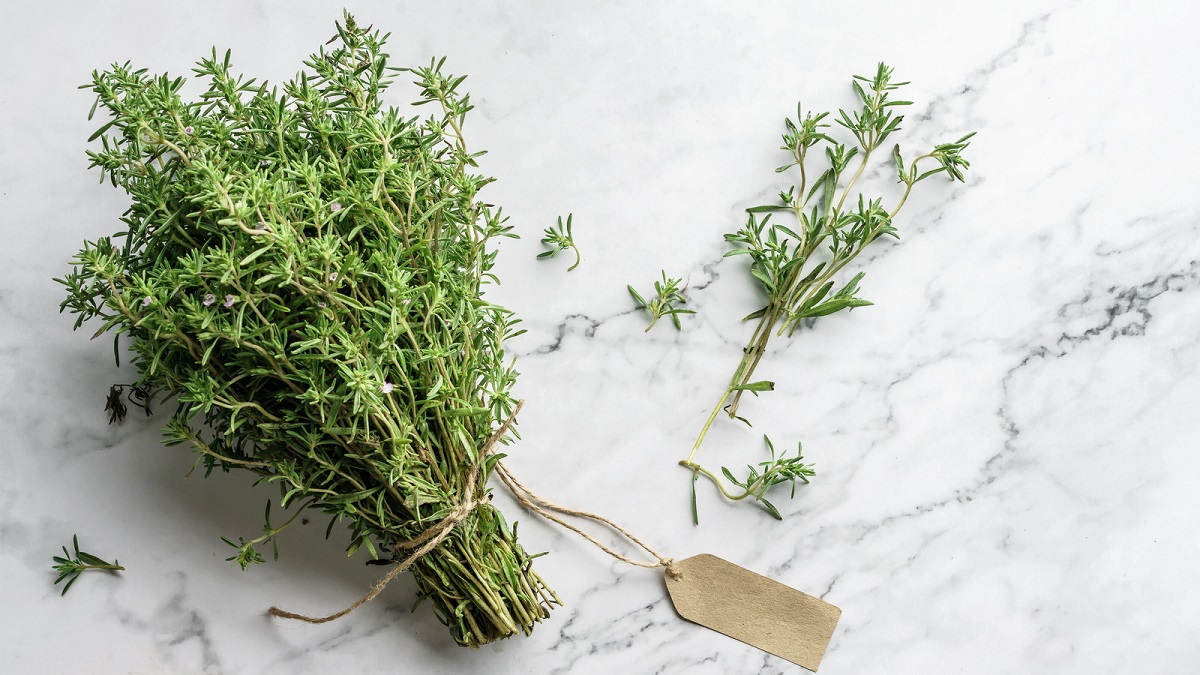

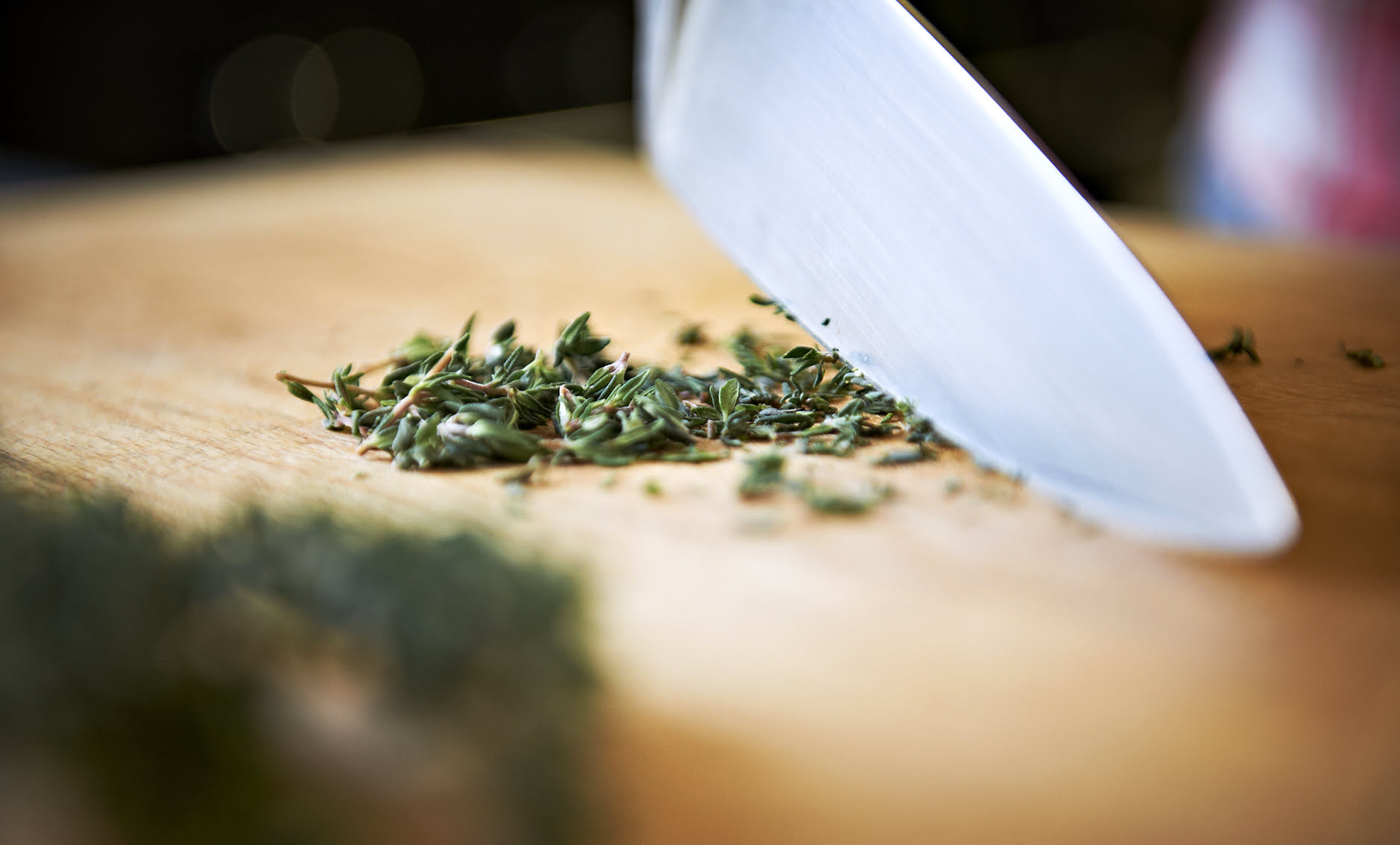
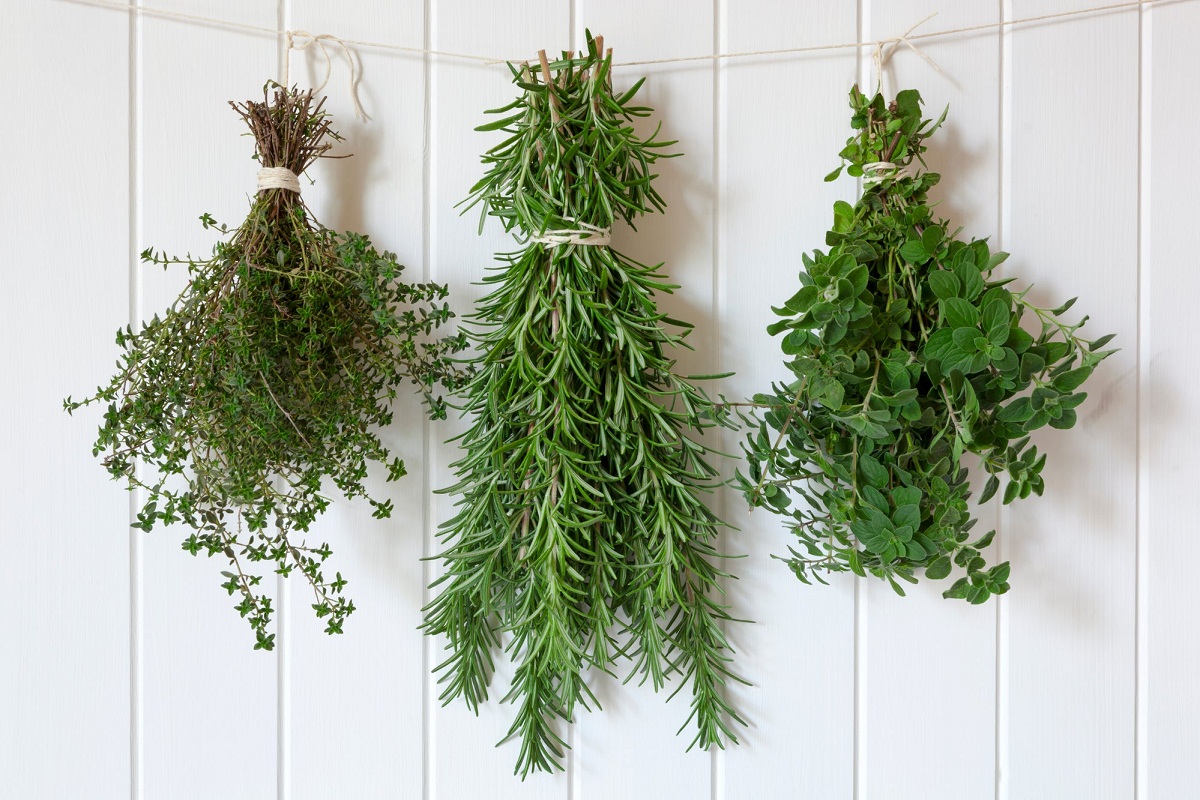
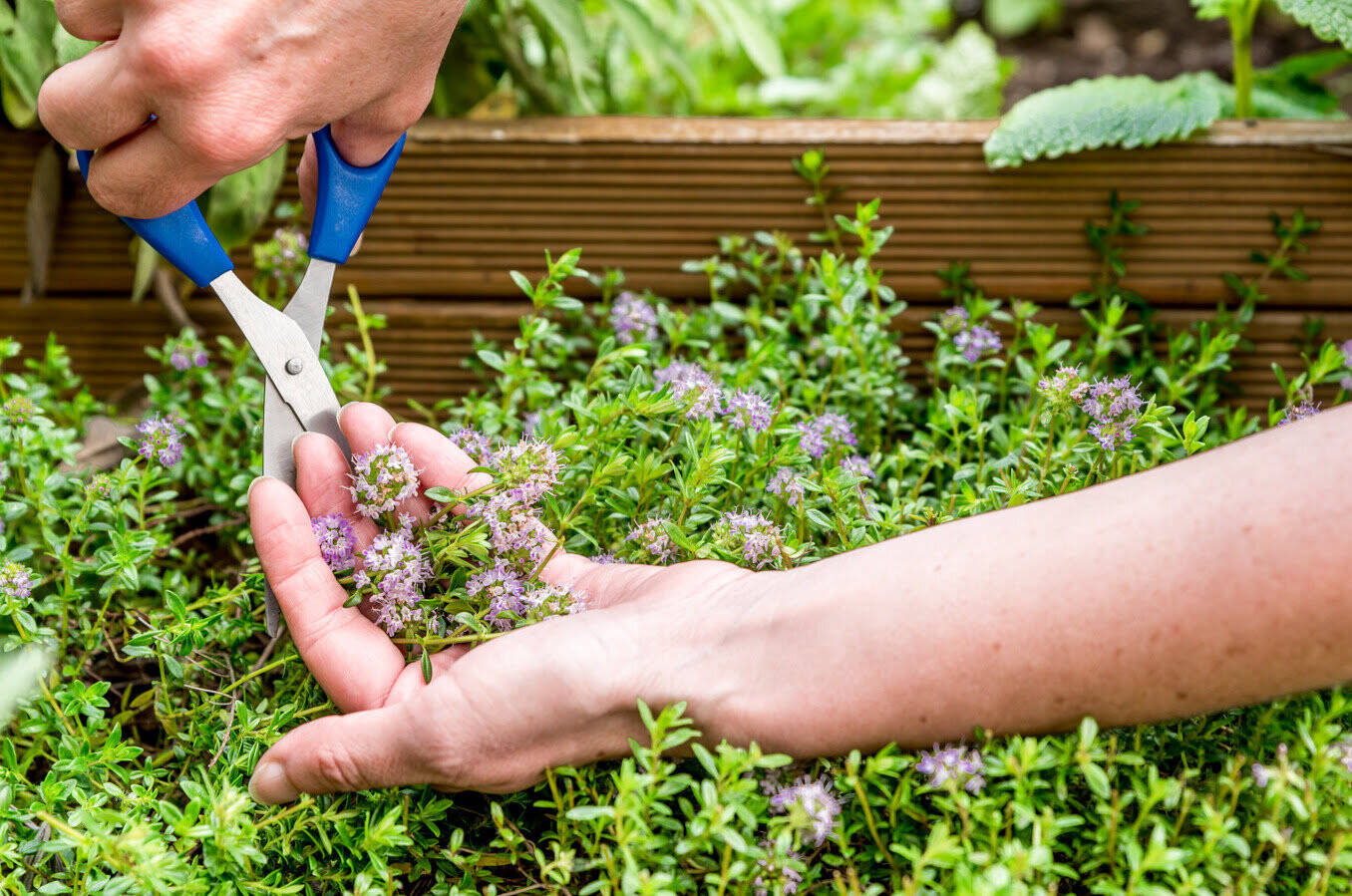
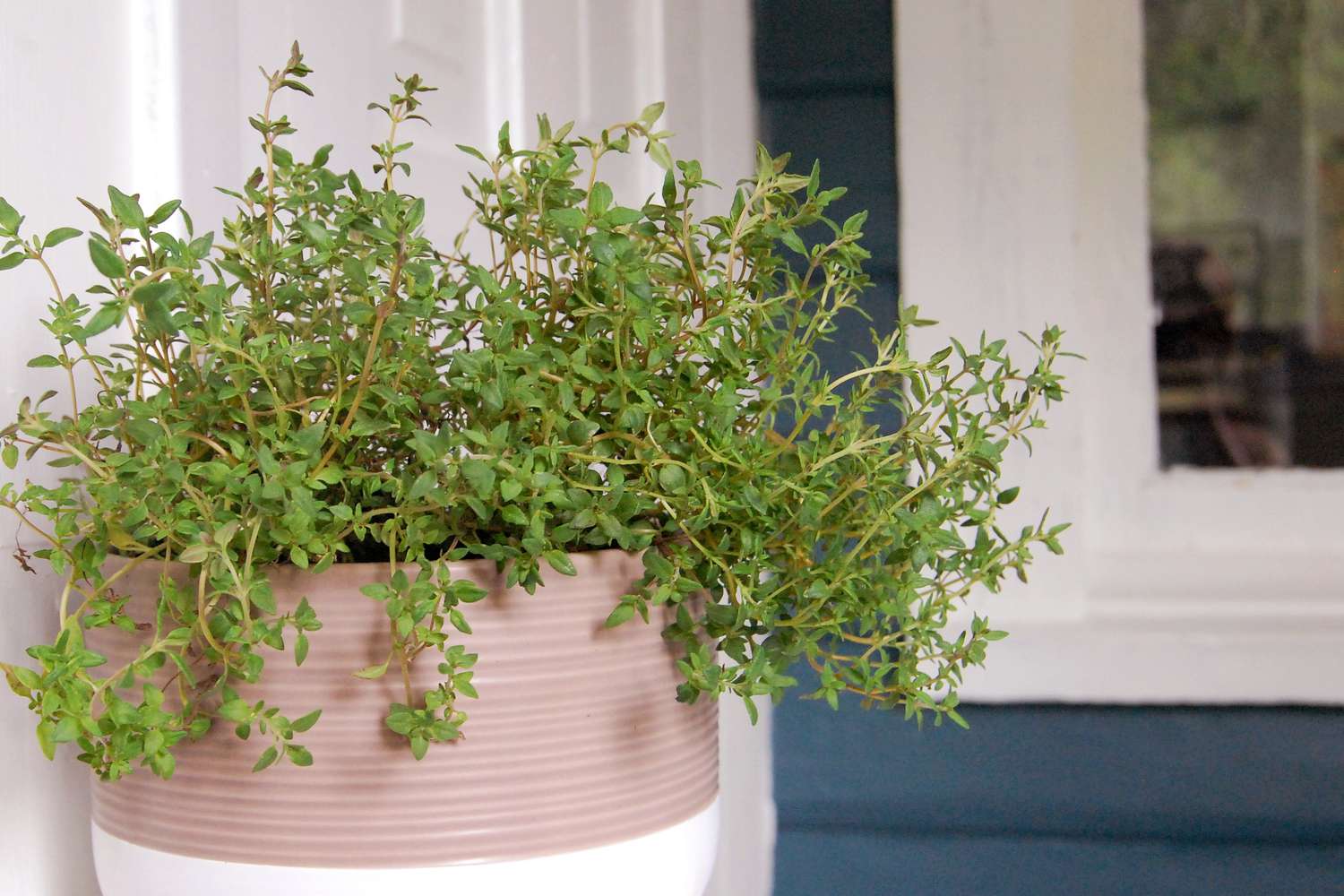
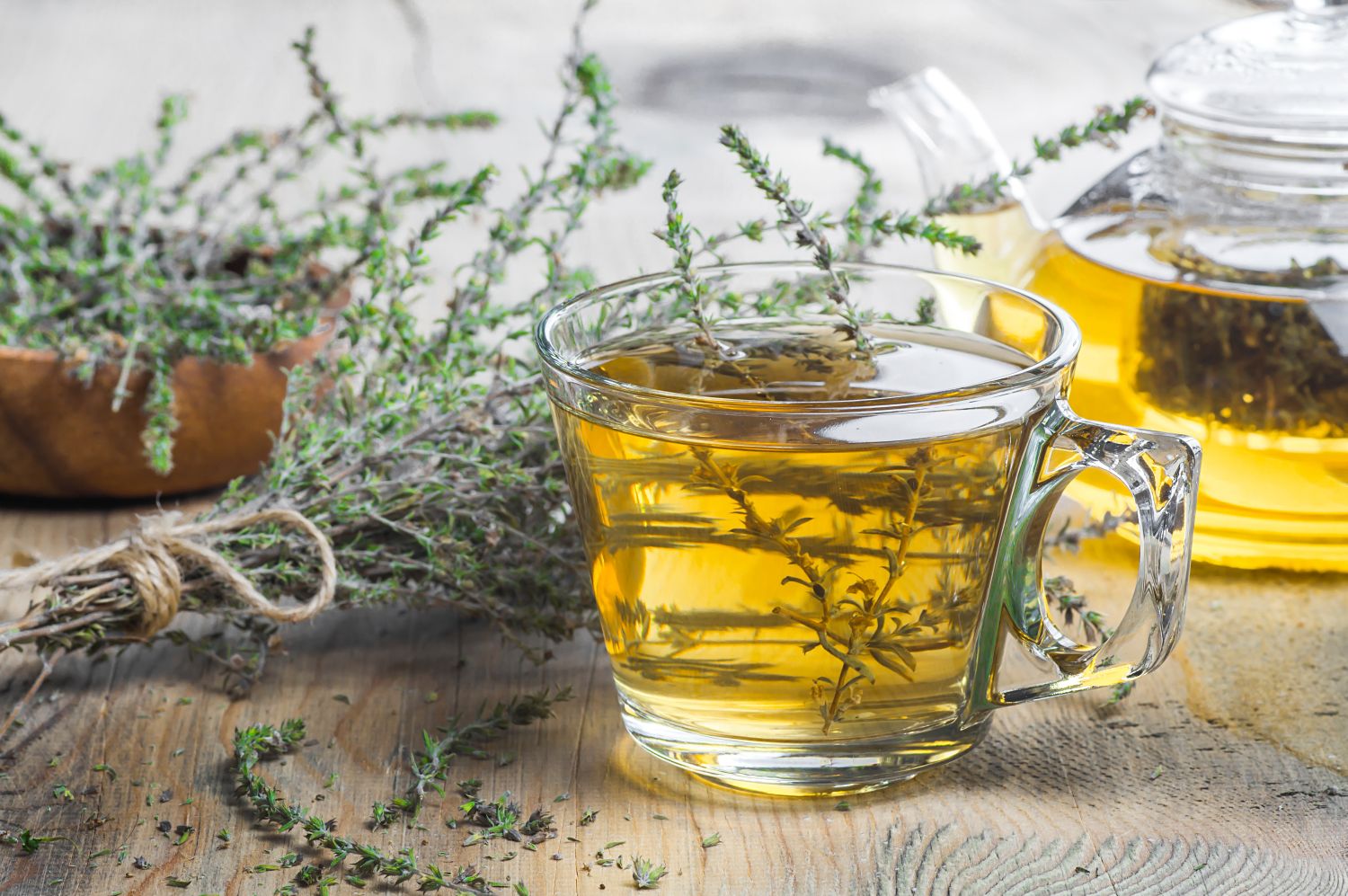
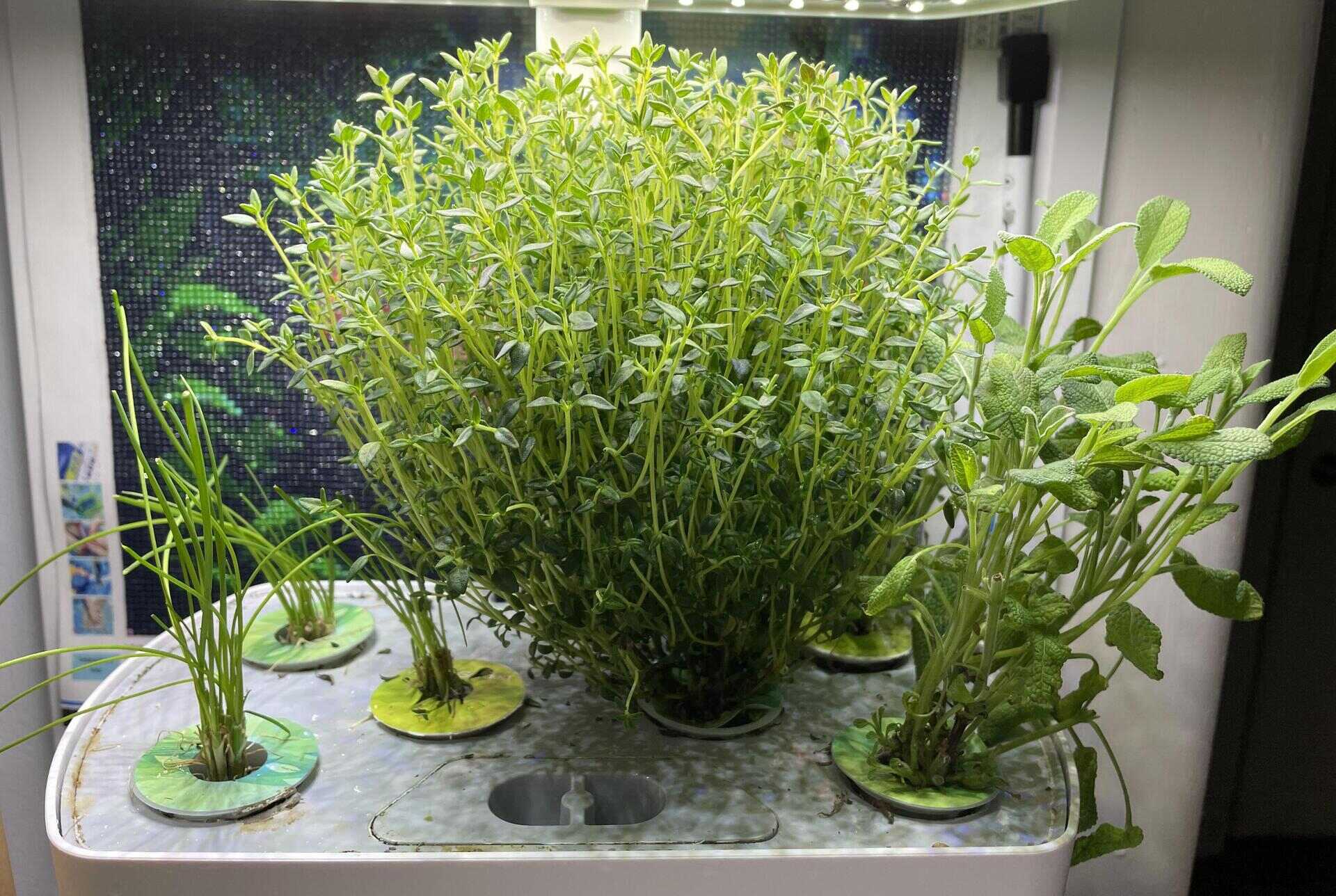
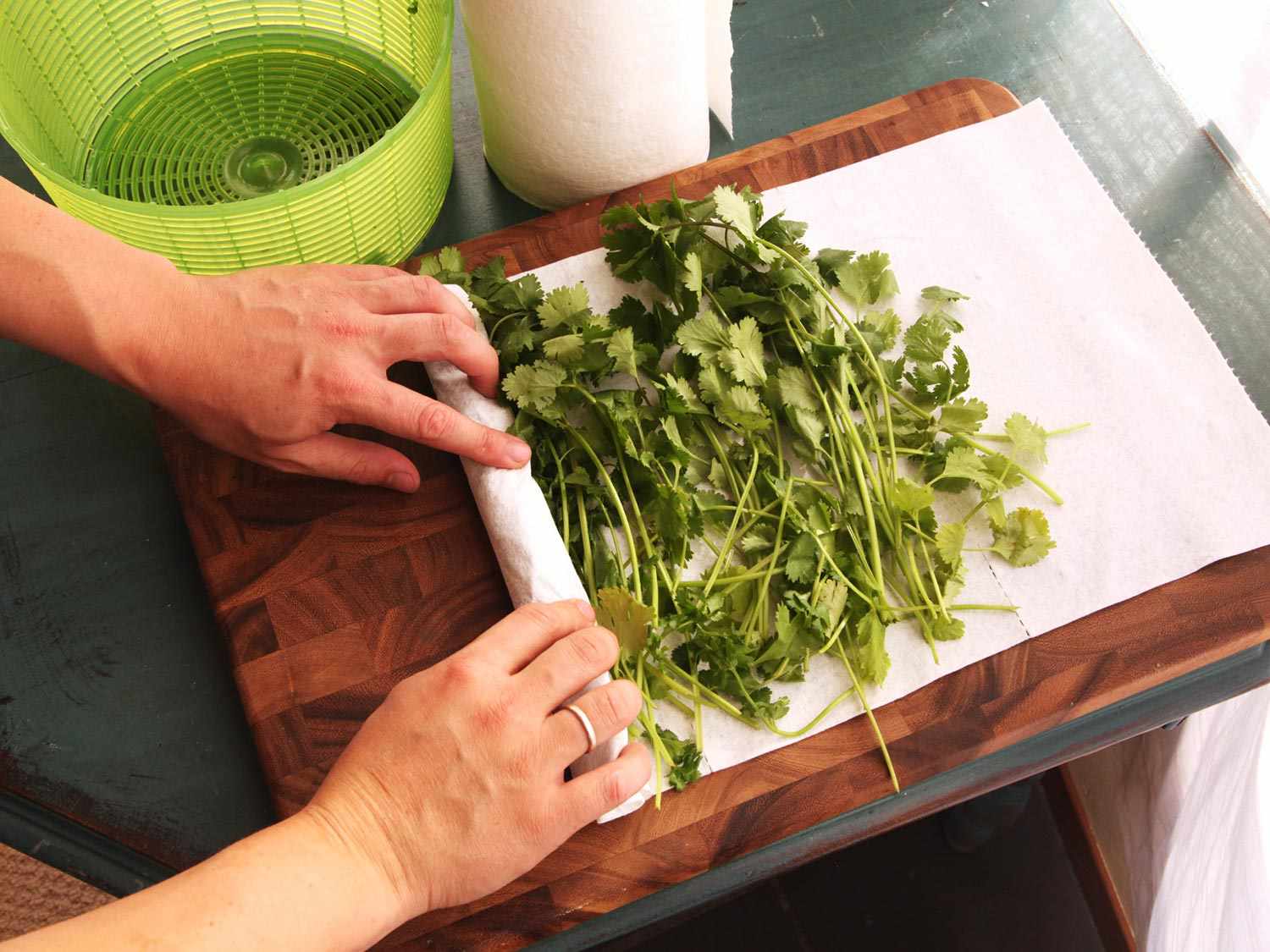
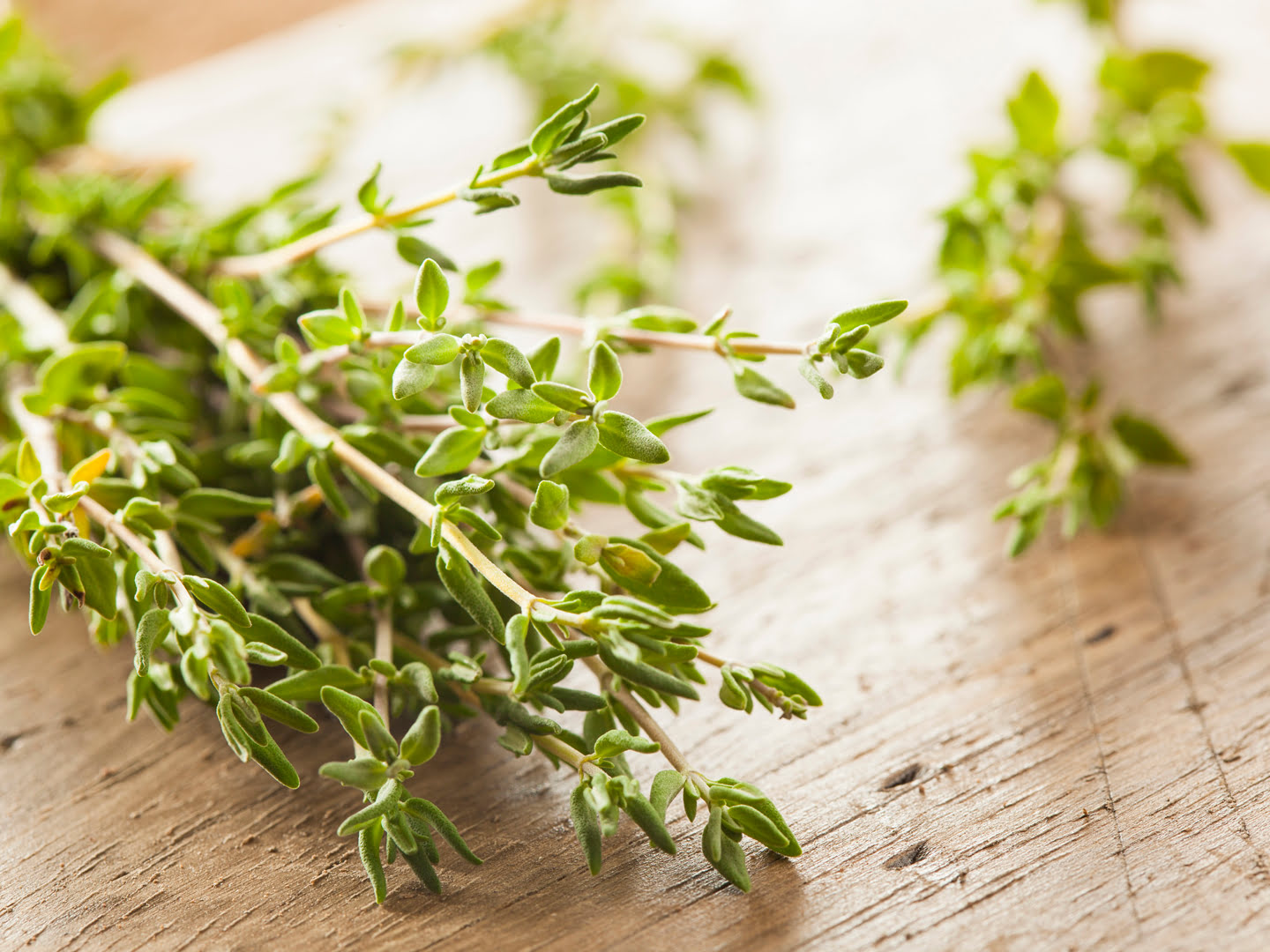

0 thoughts on “How Many Teaspoons Are In A Sprig Of Thyme”